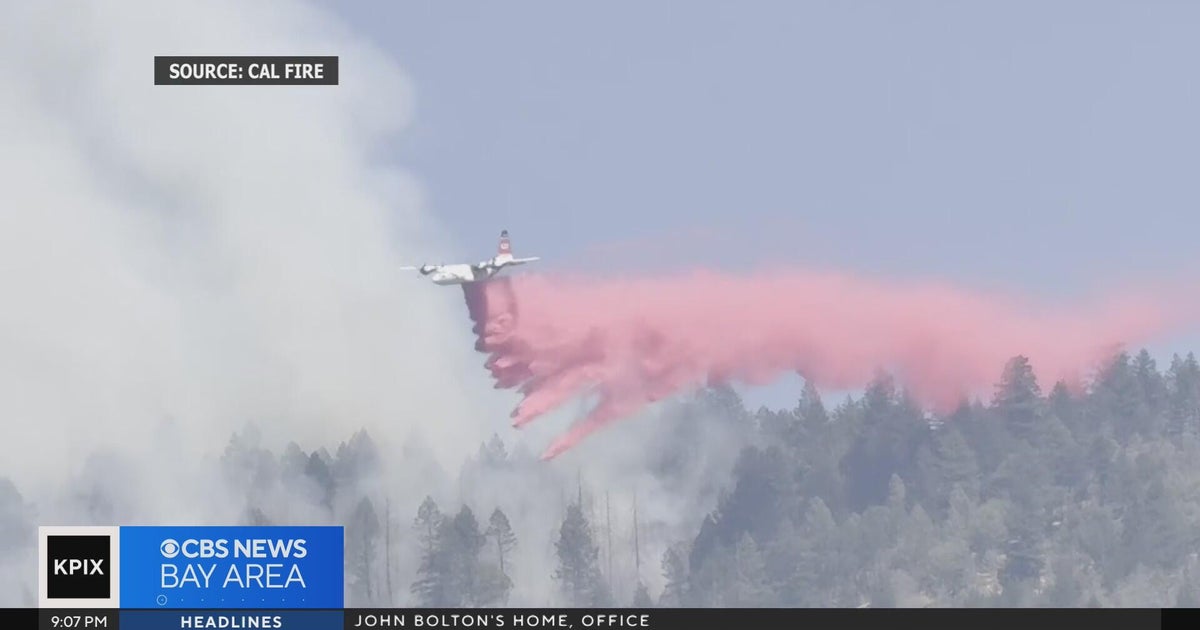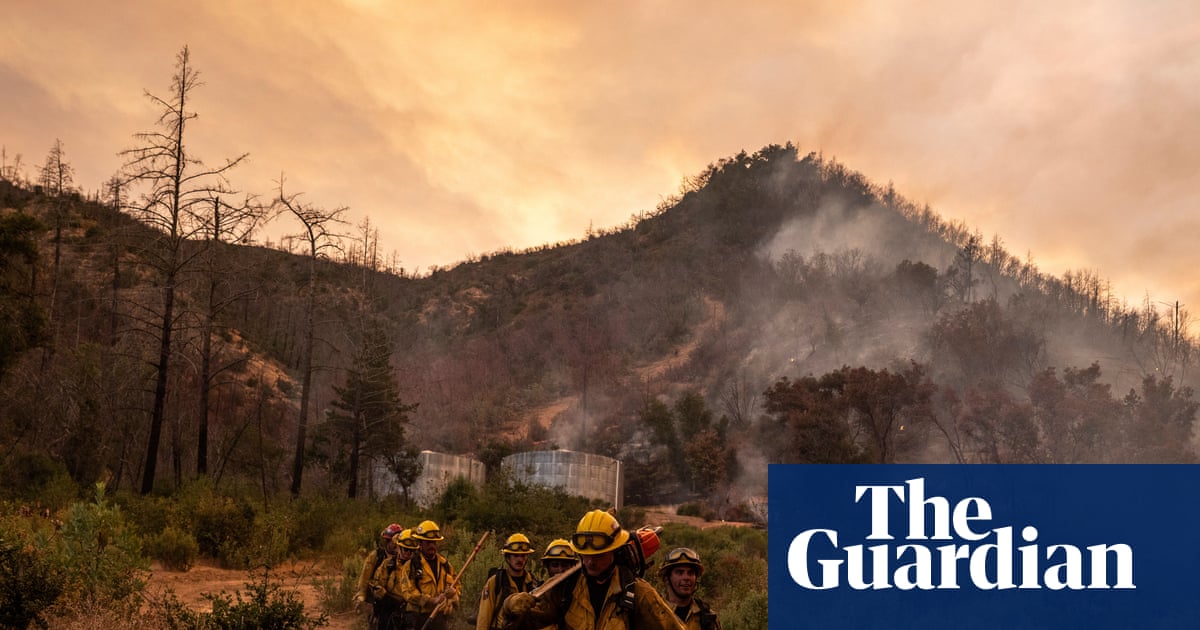Wildfires have been raging across California this week, as the state battles a relentless heatwave that is predicted to persist through the weekend. The Pickett fire, the largest of the blazes this week, dramatically expanded in size in a remote area of Napa county, enveloping more than 3,200 acres by Friday afternoon. Evacuation orders were issued for hundreds of residents around Calistoga, a region renowned for its wine production, as firefighters grappled with arduous conditions including scorching temperatures and challenging terrain. Despite intense efforts, the fire remains a mere 5% contained.
With temperatures expected to soar into the upper 90s, firefighter safety remains a top priority, as highlighted by analysts from CalFire, the state fire agency. Despite the intense battle against the flames, Bob Todeschini, battalion chief on the Pickett fire, reassured the public in a video shared on social media that no injuries or structural damages have been reported. Emphasizing the crucial need for vigilance and preparedness, he urged residents to stay alert as suppression operations continue.
California is currently in the grip of its most severe multi-day heatwave of the year, with several cities already surpassing their daily temperature records. The scorching conditions, paired with low humidity levels and the possibility of dry thunderstorms sparking lightning strikes, raise the potential for more fires erupting and spreading rapidly across the region.
This year has proven exceptionally challenging in terms of fire activity, with over 44,800 ignitions recorded across the US, marking a decade-high according to NIFC statistics. The situation is dire, with more than 16,500 wildland firefighters and support crews tirelessly combating blazes covering a combined area of approximately 912,400 acres.
Even as the current heatwave eventually wanes, the looming risks persist. An anticipated lack of moisture in California and the Pacific northwest regions indicates that fire hazards are likely to escalate over the coming month and into October. The dangerously dry and overgrown vegetation in states like Nevada, California, Utah, Arizona, Colorado, and Wyoming serves as a poignant reminder of the volatile conditions that can rapidly transform a minor spark into a raging inferno.
The profound impact of the heat on the already arid landscapes not only increases the likelihood of ignition and rapid fire spread but also poses grave risks to public health. The National Weather Service has sounded the alarm, issuing extreme heat advisories spanning from Arizona to Washington, cautioning against the imminent threat to individuals without access to adequate cooling and hydration. The brutal heat wave will provide scant respite even after dark, with high nighttime temperatures compounding the challenges faced by firefighters and heightening the dangers for those struggling to find relief from the oppressive heat.
Termed a "silent killer," extreme heat stands as the deadliest weather-related catastrophe in the US, with fatalities on the rise. Exacerbated by the climate crisis and the urban heat island effect, heatwaves are becoming more frequent, prolonged, and intense, amplifying the risks faced by communities nationwide.
While the heatwave is projected to gradually subside after Sunday in California and southwestern states, its grip is predicted to linger until the middle of the following week in the Pacific northwest. As these wildfires continue to rage amidst scorching temperatures and rugged landscapes, firefighters and residents brace themselves for the challenges ahead in the battle against the ferocious flames.


